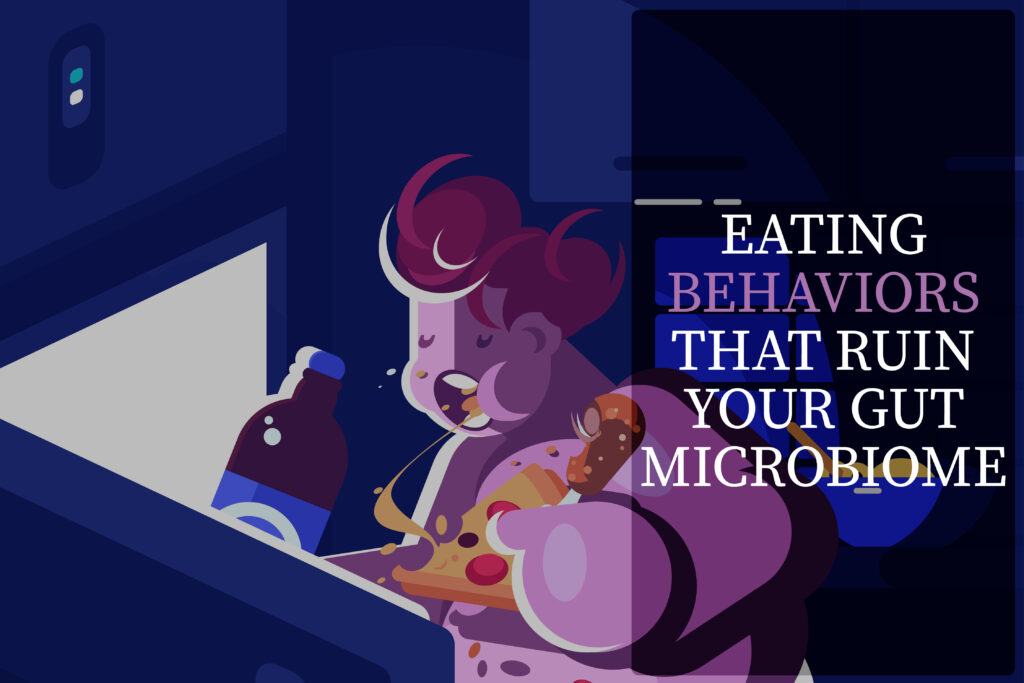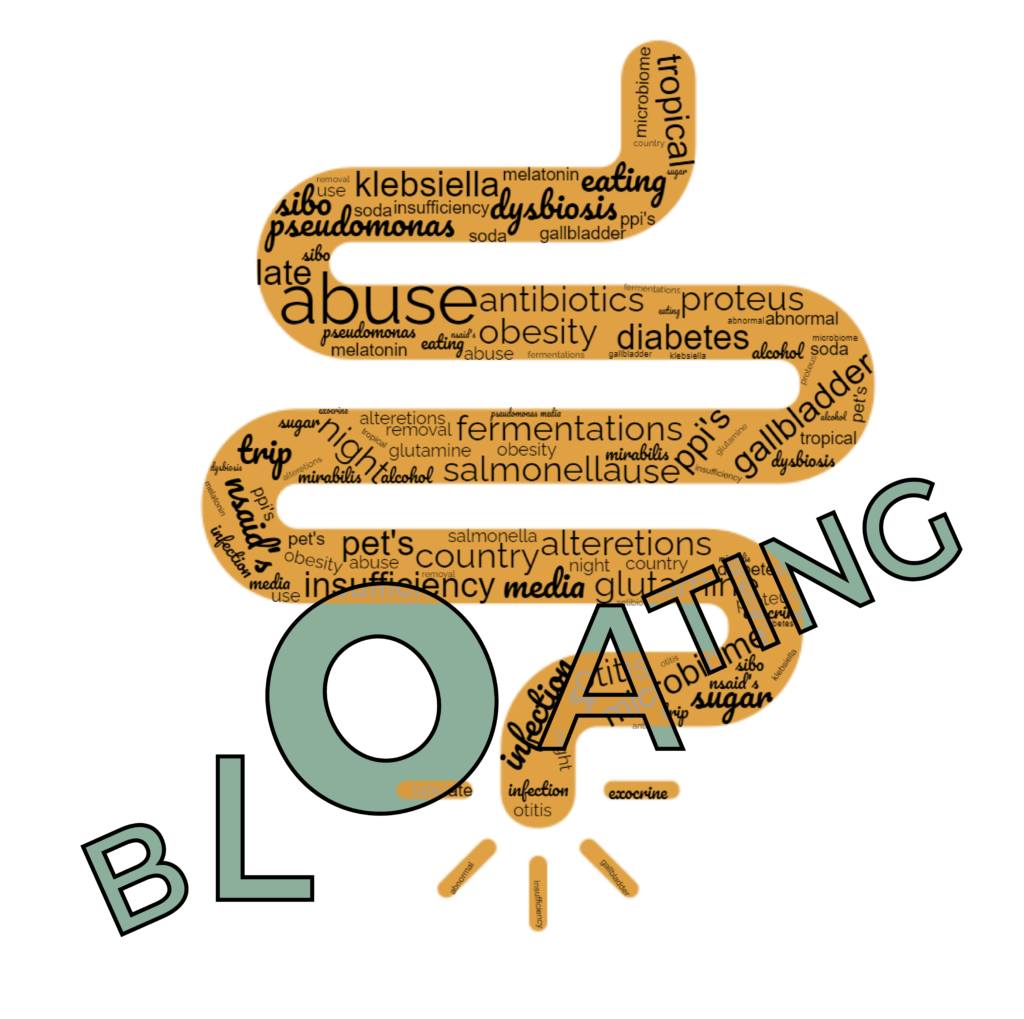Autistic symptoms as a screen-time function
Artificial light emmited by screens affects circadian genes and directly impacts neurotransmitters and hormones implicated in autistic symptoms

All interventions aimed at improving autistic symptoms are primarily suppressive in nature, either by reducing the activity of certain neurotransmitters, such as dopamine, or by inducing calmness. However, prevention and small but constant improvements in synaptic function have an important place in the long-term improvement of symptoms, and things we consider trivial may affect our children in an habitual or epigenetic way. Like exposure to artificial light from screens.
Humans are 4-dimensional creatures
Many of the physiological processes in humans occur at particular times of the day. Circadian rhythms regulate various functions in the body such as hormone release, eating habits and digestion, and body temperature. The release of many hormones follows periodic activity such as melatonin being released in the absence of light which induces sleep. In the presence of light, melatonin release is inhibited which keeps the person awake. If this cycle of light/dark alteration occurs, then a person will present with sleeping problems. People traveling several time zones will experience the jet lag phenomenon which is due to changes in the light/dark cycle. It takes time to adapt to the environment.
It's not just melatonin
Adrenocorticotrophic hormone (ACTH) and stress hormone (cortisol) release reach a maximum in the morning. Increased cortisol is indicated in people who have sleep and mood disorders. Many of the peripheral organs also have their internal clock. Ghrelin (a hormone that increases appetite) from the stomach is released before feeding time. Insulin levels show a maximum increase around evening. The leptin hormone which induces satiety is released during nighttime. Shift workers have alterations in the release of these hormones that alter the metabolic regulation that can predispose them to conditions like diabetes and obesity. In fact many clinical conditions could be treated in a time-dependant manner.
Function | Mediators |
|---|---|
Blood pressure | Light/darkness, sleep, feeding pattern, hormones |
Temperature | Light/darkness, movement, psychological stress |
Muscle strength | Light/darkness, sleep time, exercise, diet |
Defecation | Light/darkness, hydration, psychological stress |
Fertility | Light/darkness, age, nutrition, menses |
Cognitive function | Light/darkness, sleep, psychological stress, diet, enriched environment |
All biological functions are influenced by many environmental factors, but time of the day (as expressed by the presence or absence of light) is almost always present. It’s like light has been with us throughout our whole evolution … well, it has.
Screen abuse
Or, too much of a good thing is a bad thing. And yes, screens may be beneficial, but only when used in moderation and with correct timing. Today, artificial lights have become a substantial part of modern-day life. There is no doubt that artificial lights have increased convenience.
Apart from the fun they offer, a number of daily tasks are now done efficiently and quickly through mobile devices. At the same time, the majority of education, at all age levels, is done through screens. This much increased use of screens has long reached the limit of abuse. Now, the average screen time that a person in the western world spends looking at a screen (mobile, tablet, computer) is more than 7 hours a day!!
How do screens alter our inner time?
Although the hours we spend in front of a screen are excessive, it is not how much, but when that matters the most. And this point is the dividing line between using versus abusing screen-time. As mentioned earlier, time is written in our genes, and a number of key processes in our physiology depend on the time of day. Since the day is defined by the presence and absence of light, our biological time will also depend on light. The passage of light through our eyes and its detection by specific organs defines our biological time and therefore the functions described in the switch below.
Cortisol |
Ghrelin |
Testosterone |
Adiponectin |
Insulin |
These are hormones that are favored by the presence of light and primarily participate in processes that require intense blood supply, increased energy supply, often leading to greatly increased inflammation while the corresponding organ being used is heavily strained. Examples of such processes are exercise, digestion, cognitive tasks, sex, stress, etc.
Melatonin |
BDNF |
Growth hormone |
T3 |
Leptin |
These are hormones that are favored by the absence of light. In the vast majority of them, these are hormones that mediate processes of improvement, reconstruction and resolution of inflammation. At the same time, the organs that had been burdened by the processes of light are repaired. Characteristic processes mediated by these hormones are the improvement of brain architecture, muscle reconstruction, restoration of homeostasis and integration of new knowledge.
Exposure to light at night also induces behavioral changes in humans. This includes decreased cognitive abilities, decreased accuracy, increased alertness in the evening (which results in sleepiness the next day), and negative mood changes. This is due to the change in neurotransmitter levels such as serotonin and dopamine and also hormonal levels such as cortisol.
“When it comes to human biochemistry and development, absence of light is equally important to its presence”
Effect of light at night on hormones
Light at night suppresses melatonin secretion and induces a change in sleep patterns. Melatonin also modulates the release of metabolic hormones like leptin, ghrelin, and orexin. It is found that night shift workers are vulnerable to developing insulin insensitivity (type 2 diabetes mellitus) and obesity due to metabolic dysregulation. Cortisol is also increased due to increased exposure to light at night which can cause weight gain and sleep disturbances. Melatonin also has anti-estrogenic and anti-inflammatory activities.
Effect of light at night on neurotransmitters
Several neurotransmitters and their receptors show circadian activity that includes dopamine, serotonin, and norepinephrine. Exposure to light at night decreases the activity of monoamine oxidase activity A, which is an enzyme that causes the breakdown of dopamine, serotonin, and norepinephrine. Several neurotransmitters in basal ganglia such as glutamate, GABA, and dopamine also show circadian release. Light at night can cause depressive disorders which are due to changes in the levels of neurotransmitters in the brain.
Effect of light at night on gene expression
Light at night disrupts the expression of circadian genes. Circadian genes have a role in mood regulation and behavior and change in their expression due to light at night can cause hyperactivity, increased reward sensitivity, and reduced sleep. Disruption of the expression of central circadian genes such as clock and bmal1 can also disturb the expression of genes of peripheral oscillators (gene expression in the peripheral organs) such as that leptin, insulin, and ghrelin.
How does artificial light impact autism?
The key concept again is time. All neurodevelopmental processes are regulated by time-frames just like growth spurts. The circadian timing system is a homeostatic system that influences the physiology and behavior of infants throughout their development. Maturation of circadian rhythm and hormone secretion develops around one to three months after birth. During that time, exposure to proper light for the proper amount of time leads to healthy maturation of circadian rhythms in infants. However, circadian rhythms are adaptable and can change according to the amount of light exposed. Exposure of children to screens can trick the brain to think that it is still daytime and can alter many circadian rhythms periodicity along with many other physiological processes.
In detail... (skip if it is too advanced)
Cognitive and developmental psychology shows the importance of rhythmicity and synchrony in the development of emotional behavior and social communication which help the person to adapt to the external environment. Circadian rhythms play an important role in neurodevelopmental aspects of synaptic function, excitation/inhibition balance, and neuronal signaling. Synaptic dysfunction, impaired neuronal signaling, and excitation/inhibition imbalance are associated with ASD. Synaptic cell adhesion molecules (NLGN3, NLGN4, NRXN1) and postsynaptic scaffolding protein (SHANK3) are important for synaptic function maintenance and balance between neuronal excitation and inhibition. The genes for these proteins are modulated by circadian genes along with other factors. Impaired circadian rhythms in early development alter the motor, social, and emotional rhythms which can lead to the impairment of social communication and increased risks of psychiatric disorders such as autism spectrum disorder (ASD) and schizophrenia. Impaired circadian rhythms with little variability can make the child hard to adapt to changes and such child show restricted activities and repetitive interests seen in ASD. Clock genes are important in circadian rhythms and neurodevelopment and their abnormal expression is associated with neurodevelopment disorders such as ASD. ASD patients have been associated with Single nucleotide polymorphism (SNPs) in their clock gene. Mutation in Bmal1, Per, and Cry genes is associated with ASD. Clock-controlled genes show different expressions (pleiotropy) outside the molecular clock. Autism and the circadian clock are connected through common translational pathways in the brain. mTOR (mammalian target of rapamycin) and eukaryotic translation initiation factor 4E regulate the circadian clock and mTOR is dysregulated in many developmental brain malformations such as autism.
Chronodisruption of autism molecules
Circadian rhythms play an important role in early neurodevelopment and many studies now show that abnormal circadian rhythms (possibly due to the increase use of devices late at night) in early development can cause ASD. Maybe, if we could trace some autistic bahaviors to specific molecules the link between excess artificial lights and symptom exaggeration would be more profound.
Symptom | Molecule | Impact |
|---|---|---|
Hyperactivity | Dopamine | Melatonin levels are low in light and therefore there is increased dopamine in presence of light |
Concentration | BDNF | Light modulates BDNF plasticity actions during sleep |
Speech impairments | L-glutamate | Light increases the levels of glutamate |
Sleep disorders | Melatonin | Melatonin is responsible for many of sleep’s neurodevelopmental benefits |
Eye contact | Oxytocin | Light at night modifies oxytocin levels. |
How to limit late-night media usage
 The obvious answer is by involving the children in physical and recreational activities. The most common answers I get is “…I’m too busy” and “…I need to relax at the end of the day”. It is absolutely understandable. You need to find this fine balance and try to provoke the interest of your child without having to use screens. Some practical tips are the following:
The obvious answer is by involving the children in physical and recreational activities. The most common answers I get is “…I’m too busy” and “…I need to relax at the end of the day”. It is absolutely understandable. You need to find this fine balance and try to provoke the interest of your child without having to use screens. Some practical tips are the following:
- Children under 2 years old should not be given any sort of media or when given they should be supervised.
- Limit the usage of the device from age 2 to 5 for just 1/2 hour.
- Apple has added parental control of the device and parents can restrict the screen time on their devices.
- Learn them to take breaks when using any sort of device. Continuous exposure can cause more harm to the circadian rhythm.
- Do not use iPads and YouTube videos for calming reasons. Regular usage to soothe the kids with online media should be avoided.
- Do not let your kids have their own devices before they get 9 years old.
- Electronic devices should be turned off when not in use.
- Screening of the child for healthy visual acuity should be done at an early age.
- Exposure to daytime sunlight should be practiced.
Synaptic pruning
Neurodevelopment involves the formation of synapses between the neurons which are responsible for the transmission of chemical or electrical signals between them. During the development of the brain in early childhood, many synapses are formed and these synapses allow the child in learning and adapt in early life. Synapses are strengthened if the same procedure is done again and again or if the same memory is repeated which is called plasticity of the synapse. Synapses that are not active are removed through a process called synaptic pruning. When it comes to autism, there is the formation of a large number of synapses and the repetitive and restricted behavior of the child strengthens the synapses. Impaired synaptic pruning leads to the excitation/inhibition imbalance in the neurons which leads to neurodevelopmental disorders. Microglial cells in the brain can engulf and removes inappropriate responses. However, early intervention can help children to prevent the excess formation of synapses and prevent impaired pruning. This can be done through behavioral and cognitive therapy which can help the child better adapt to the external environment. Too much screen time can also cause the formation of too many synapses in the brain by disrupting the circadian rhythms which also leads to the formation of new synapses. So, overall therapy should be to help the child better adapt to the surrounding environment and decrease the amount of screen time so that neurodevelopment (synaptic formation and pruning) is not affected.
Takeaway message
Reddy S, Reddy V, Sharma S. Physiology, Circadian Rhythm. [Updated 2022 May 8]. In: StatPearls [Internet]. Treasure Island (FL): StatPearls Publishing; 2022 Jan-. Available from: https://www.ncbi.nlm.nih.gov/books/NBK519507/
Rijo-Ferreira, F., Takahashi, J.S. Genomics of circadian rhythms in health and disease. Genome Med 11, 82 (2019). https://doi.org/10.1186/s13073-019-0704-0
Gnocchi, D., & Bruscalupi, G. (2017). Circadian Rhythms and Hormonal Homeostasis: Pathophysiological Implications. Biology, 6(1), 10. https://doi.org/10.3390/biology6010010
Rivkees S. A. (2007). The Development of Circadian Rhythms: From Animals To Humans. Sleep medicine clinics, 2(3), 331–341. https://doi.org/10.1016/j.jsmc.2007.05.010
Green, A., Cohen-Zion, M., Haim, A., & Dagan, Y. (2017). Evening light exposure to computer screens disrupts human sleep, biological rhythms, and attention abilities. Chronobiology international, 34(7), 855–865. https://doi.org/10.1080/07420528.2017.1324878
Fang, K., Liu, D., Pathak, S. S., Yang, B., Li, J., Karthikeyan, R., Chao, O. Y., Yang, Y. M., Jin, V. X., & Cao, R. (2021). Disruption of Circadian Rhythms by Ambient Light during Neurodevelopment Leads to Autistic-like Molecular and Behavioral Alterations in Adult Mice. Cells, 10(12), 3314. https://doi.org/10.3390/cells10123314
Fang, K., Liu, D., Pathak, S. S., Yang, B., Li, J., Karthikeyan, R., Chao, O. Y., Yang, Y. M., Jin, V. X., & Cao, R. (2021). Disruption of Circadian Rhythms by Ambient Light during Neurodevelopment Leads to Autistic-like Molecular and Behavioral Alterations in Adult Mice. Cells, 10(12), 3314. https://doi.org/10.3390/cells10123314
Charrier, A., Olliac, B., Roubertoux, P., & Tordjman, S. (2017). Clock Genes and Altered Sleep-Wake Rhythms: Their Role in the Development of Psychiatric Disorders. International journal of molecular sciences, 18(5), 938. https://doi.org/10.3390/ijms18050938
Koyama, R., & Ikegaya, Y. (2015). Microglia in the pathogenesis of autism spectrum disorders. Neuroscience research, 100, 1–5. https://doi.org/10.1016/j.neures.2015.06.005
Kotte, A., Joshi, G., Fried, R., Uchida, M., Spencer, A., Woodworth, K. Y., et al. (2013). Autistic traits in children with and without ADHD. Pediatrics, 132(3), e612–e622.

With a background in Chemistry and Biochemistry from the National and Kapodistrian University of Athens, Theodoros brings a wealth of knowledge in functional medicine and advanced treatments to his role. He possesses exceptional skills in analysis, pattern recognition, diagnostic translation, and storytelling. He is also FMU certified in Functional Medicine and has received training in advanced treatments from the Saisei Mirai Clinic in Japan.


